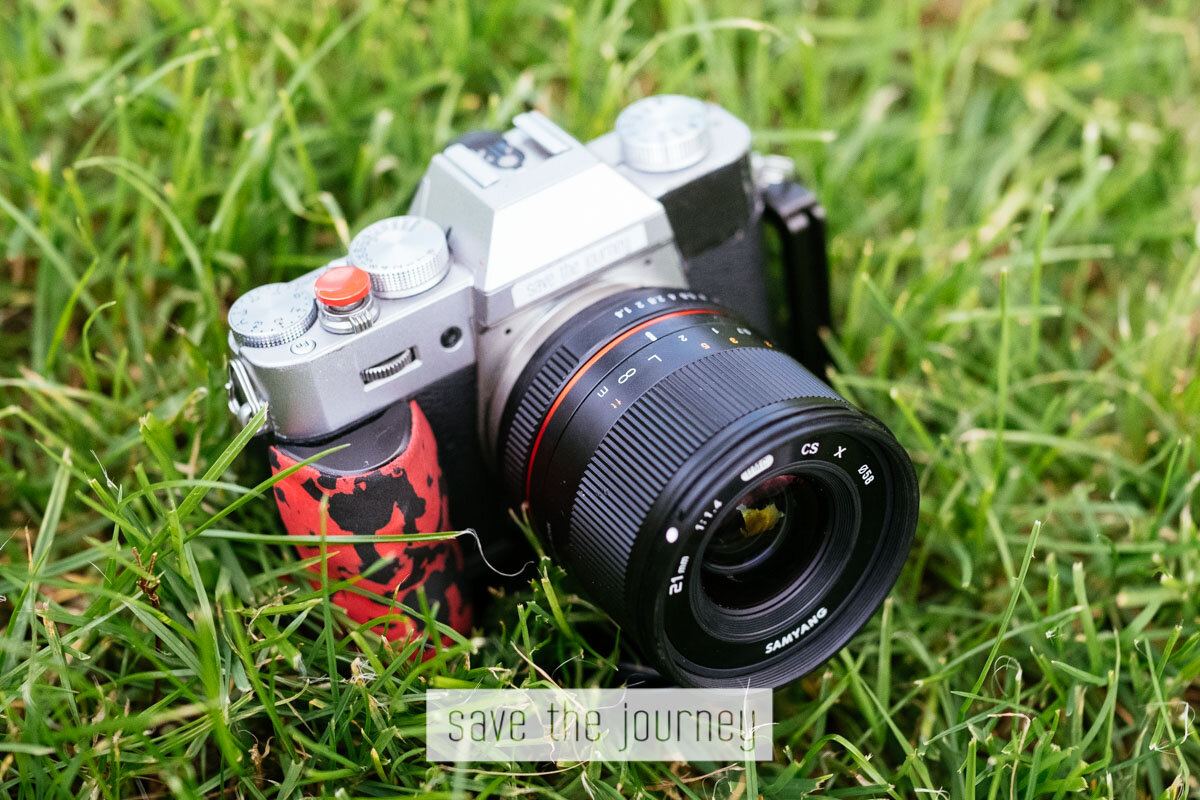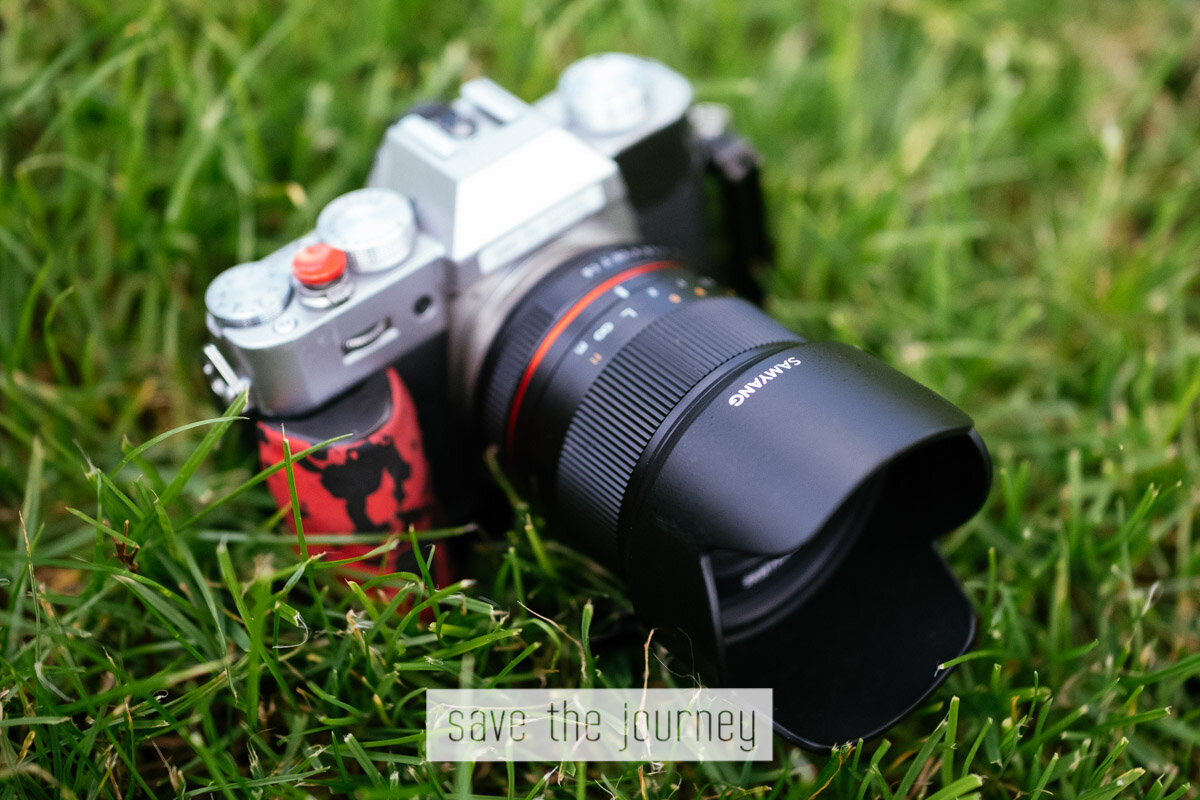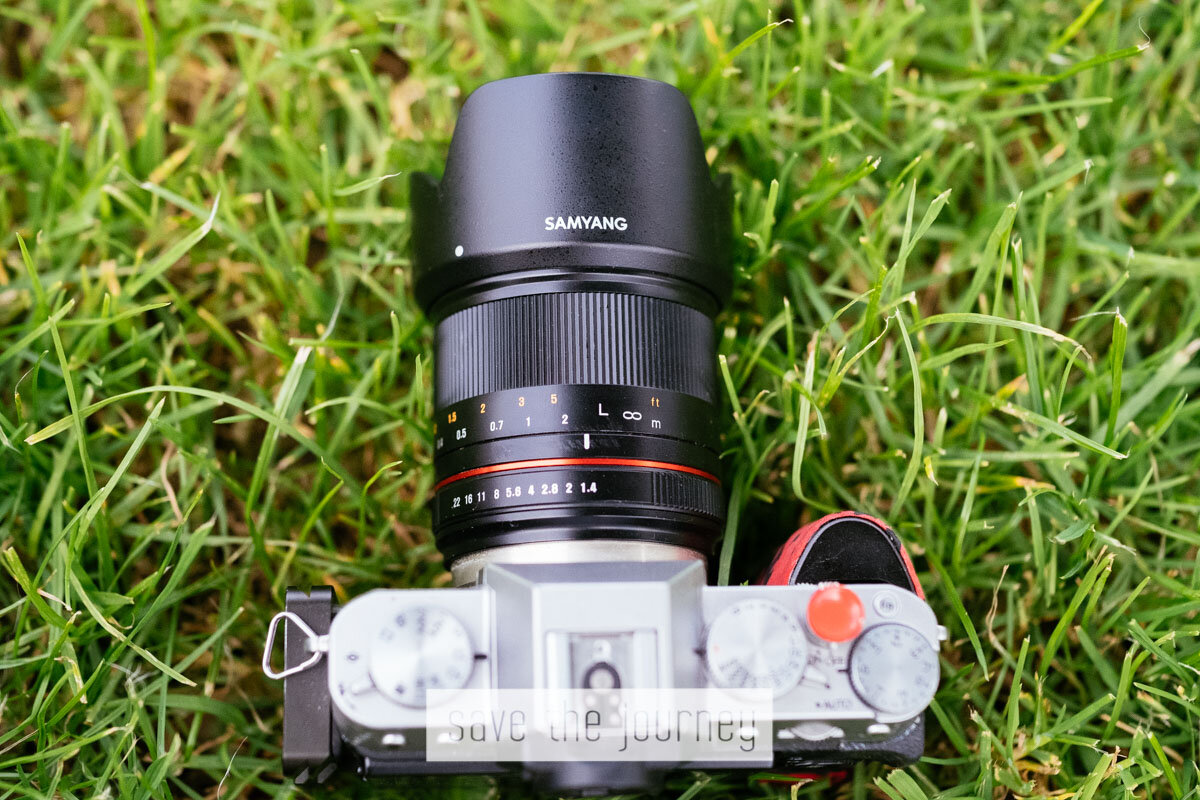Samyang/Rokinon 21mm f1.4 Review
This Samyang 21mm f1.4 is my absolute favourite lens of all time. In the last 4 years, I have used it for about 80% of all my photos. Subsequently if I had to chose only one lens to use for the rest of my life, the choice would be easy; this one. This is less of sales pitch review, more of an article on how this lens helped me become a much better photographer.
In 2016, I was in need of a high quality semi-wide angle lens. I believe the Fujifilm 23mm f2 had just been announced, so I naturally gravitated to the possibility of purchasing that lens. However, I already owned the Fujifilm 35mm f2 and for some reason or another, just never clicked with this lens. It’s quality was great, the weather resistance and build quality was great but for some reason or another, it was always left behind in my camera bag. This made me explore some other options instead. I am so thankful I did, because it changed everything for me. Cue the Samyang 21mm f1.4 entering my life.
Right off the bat, I want to address the manual focus in this review. This lens has no autofocus. I have had some ok results before with manual focus lenses. I had adapted my Olympus OM 24mm f2.8 lens on various Fujifilm X cameras, but buying a modern lens without autofocus seemed very counter-intuitive to me. This is part of the revelation I had with this lens. It turns out I actually prefer using manual focus lenses!
Why?
I predominantly photograph events. The pressure here is always being at the right place at the right time. I am not in a studio, with models, where I can demand to re-take the shot over and over until it’s perfect. No matter how much Fujiilm’s autofocus improves, the camera is always guessing, with help of your selected settings, which subject it should focus on. The frustration I feel when the camera is focusing on the wrong person’s face or deciding the foreground is more important, distracts me. I prefer to take on the extra work of manual focusing to keep my mental dialogue close to zero. The less I have to think about my equipment, the happier I am.
If I chose the single point autofocus option, I find myself very distracting to others at the event by whipping the camera back and forth between focusing and re-framing my image. I also feel like I am missing out on subtleties in or outside the frame that are changing during these movements.
The lens is more dependable, less likely to fail and my camera batteries last infinitely longer.




So how difficult is it to manual focus on a paid photography gig?
With this specific lens, I find it to be incredibly easy. Unlike vintage lenses, this lens has great contrast, micro-contrast and sharpness straight from open aperture, f1.4 in this case. This is incredibly important in conjunction with using focus peaking on your camera. The more contrast and sharpness that is present, the stronger your focus peaking will stand out. Add in the fairly shallow depth of field between f1.4 – 2.0, and only a small section will light up in whichever colour your focus peaking is set to. In my case; red. It then becomes very discernible if you’ve focused on the ear or perfectly on the eyes.




Another thing that isn’t spoken about a lot with the bokeh or blur of a lens, is the transition between out-of-focus, to in-focus, to out-of-focus again. With certain lenses, this transition can be very abrupt. As you’re approaching your focus point, you turn it a little bit too much and suddenly everything is out-of-focus again. Or worse, you’re getting very close to the focus point, just a little bit more. You take the photo, have a look at it later on your computer and see it’s slightly out-of-focus. You have a look at the other photos on the SD card and all of them are always slightly out-of-focus. I have had lenses like that before that are incredibly tricky to manual focus.
This Samyang 21mm f1.4 in comparison is very predictable in this regard; very linear in its transition and doesn’t have that annoying lingering, last 5% of in-focus transition.
And the third point that will help you with manual focusing, is physically - its focus ring. It is so smooth and so light to use. That makes photographing long gigs very easy on the hands.
With all of this, I have to admit that I also use mostly manual exposure, and full manual settings on my flash system. Not that any of that is especially difficult, but I’m clearly someone who shies away from anything automatic.





Continuing with the physical aspects of this lens;. The aperture ring goes in half steps, which I much prefer over the third steps of the Fujifilm lenses. When I select my aperture, I sometimes want to have a slightly larger depth of field than say f2, but f2.8 is too much as well, so I can just select the half step in-between. With Fujifilm’s system, I’m never sure if I should select minus a third or minus two thirds. That might just be an issue that I have.
The lens hood is also much better quality then Fujifilm’s infamously bad quality hoods. Doesn’t every Fujifilm lens review mention this? As with a lot of hoods, it also reverses for easy transport. But it then obviously does block the focus ring, which is slightly annoying when you want to just take a quick snap (+1 for autofocus?).






Why did it make such an impact to your photography?
It started a little bit with the Olympus OM 24mm f2.8 and was then confirmed heavily with this Samyang 21mm lens. It was the first time that I felt like I had found my perfect set up! I used to photograph with DSLR’s and usually with an equivalent 50mm and 85mm. With that set up I was always on the outside of the action, looking in on what’s happening. With this Samyang 21mm, I am now joining in on what’s going on and being a part of it. I always tell my clients, especially ones who hire me for family gatherings, that I won’t be bossing them around on the day, telling them where to stand and what to do. Instead I will just be another guest, enjoy the event together with them, have a laugh and also be taking some photos on the side. This relaxed approach yields much better and more natural photos. And everyone involved ends up having a better time too.
And as Robert Capa so eloquently said, “If Your Pictures Aren't Good Enough, You're Not Close Enough.” I couldn’t agree more! I look back at my old photos from 5 years ago and everything looks so detached, so far away. A little bit boring. Now they have some life, and most importantly, some depth and excitement! I feel so naked if I leave the house without my beloved Samyang 21mm.


What’s the image quality like?
When it comes to image quality, it is just outstanding, wouldn’t you say? The look that this lens gives to images is one that I like a lot. To me they always look like they’ve already been edited. It also makes me feel like I am cheating as a photographer, because I feel like I can photograph anything with this lens and it looks amazing. When I compare it to some other lenses, especially to my Fujifilm56mm f1.2, those images always look a bit characterless and sterile.



All the faults that I dislike about lenses, like hazing, colour fringing, a boring look, bad bokeh, bad colours and little micro-contrast, this Samyang 21mm does not have.
I really like the vignetting at open aperture and I find the distortion gives the images more depth and life. I’m all over that micro-contrast too. And the colours! In combination with Fujifilm’s fantastic colour science, they are a dream! If only they could sort out their automatic white balance.








What would I change about the image quality?
Nothing really. The only tiny issue I have is the sharpness at infinity. I could be wrong, but I have the impression that the sharpness is better closer up than at infinity. It’s just a little nitpick and a non-issue during actual use. It’s still plenty sharp! And regarding the look of the images, if I was incredibly glutinous, I might ask for a f1.2 aperture.





What would I change physically?
Here I would change a few more things. I would adore it if Samyang decided to release a Mk II version with a higher quality body. The lens body is currently fine, made of high quality plastic that is lightweight. But for a working professional like me who uses this lens a lot, I would love to have a full metal body to a similar quality level as Zeiss. I wouldn’t even need or want anything too crazy like Leica’s lenses.
The focus ring on these lenses are also not perfectly accurate, I had to open up the mount on mine and adjust some internal bits to have infinity correlate with the infinity symbol on the focus ring. I can’t do these adjustments on my other Samyang lenses unfortunately. It’s not the worst issue. I can still focus to infinity it just doesn’t line up with the sign on the focus ring, but I wouldn’t mind paying, say €100 more, to have this perfectly accurate and in a better quality body.
And lastly, again, not crucial, but it would be nice if the lenses had an electronic chip to communicate to the camera which lens it is. A nice little extra when I’m in Lightroom and looking through older photos. It would also give me a good indication to keep track which lenses I am using over a certain time period. I know I can set this in camera, but I have several Samyang lenses and can’t or forget to set this everytime I do a lens swap.





Samyang 21mm f1.4 Review Summary
This Samyang 21mm f1.4 has been with me on three different continents for professional work, for personal trips, it has always performed excellently. I am always amazed that Samyang lenses are a bit overlooked, especially in Fujifilm’s somewhat limited lens line up. I think when it comes to the 21mm f1.4 compared to the Fujifilm 23mm f1.4, the image quality is on par. What is different is the look of the images. But when it comes to the Samyang 35mm f1.2 compared to the Fujifilm 35mm f1.4 or XF/XC 35mm f2, the Samyang beats all three outright, no question about it. I’ll probably write a review about that lens in the future.
I hope this helps someone who might be contemplating this lens. On the other hand I am glad to say that there aren’t any Amazon links here, so if you buy this lens or not thankfully doesn’t affect me! But I have been on the internet often enough looking for more information on a more obscure lens like this one. So I thought it’s my time to give back a little.
If you enjoyed this article, have a look at my other blog post or my review on the Yashica Mat 124G film camera. Do feel free to follow me on social media (either Facebook or Instagram). And as always, for bookings or quotes, contact me here.
If you are looking for a great lens for your Fujifilm camera, check out this lens combo I have for sale here. The Mitakon Zhongyi Lens Turbo II with an Olympus OM 50mm f1.8 lens. Some great sample photos there too.









